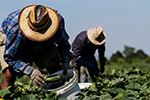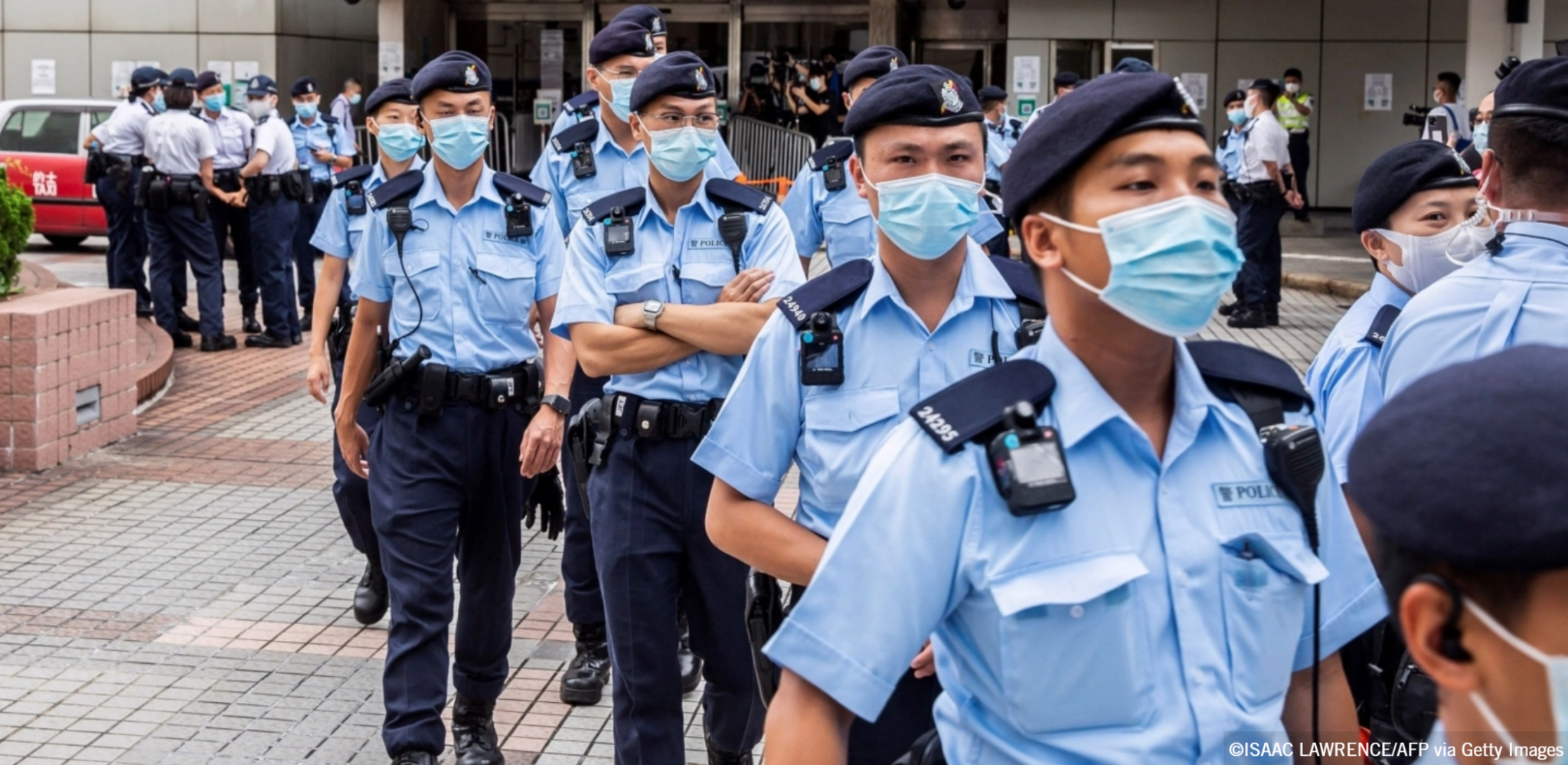A new report released today by Statistics Canada shows that Indigenous people are six times more likely than other people in Canada to be murdered.
Amnesty International has long called for systematic, publicly available data on the Aboriginal identity of both the victims and perpetrators of violence. Such data can be crucial to better understand and eliminate violence.
When the first national statistics on missing and murdered Indigenous women and girls were released in 2014 by the RCMP (“Missing and Murdered Aboriginal Women: An National Operational Overview“) the data was widely misrepresented and oversimplified in public debate. The numbers show a complex and pervasive pattern of violence against Indigenous women and girls. Amnesty International is still reviewing the data in the latest report, but we feel it is important to emphasize the following:
- Both Aboriginal women and men face a much heightened risk of being murdered. Between 2001 and 2014, Aboriginal women were six times more likely than non-Aboriginal women to be murdered. In 2014, Aboriginal men were seven times more likely than non-Aboriginal men to be murdered.
- Both Aboriginal and non-Aboriginal women are most likely to be killed by someone they know. However, a higher proportion of Aboriginal victims were killed by an acquaintance than non-Aboriginal victims (42% versus 35%). In 2014, these acquaintances included casual acquaintances (35%), close friends (7%), people in a business relationship (4%), neighbours (2%) and authority figures (2%).
- The majority of murders of all women take place in the home. But for Aboriginal women, there is a notably high rate of murder outside the home. In 2014, 66% of Aboriginal female victims were murdered in their homes compared to 88% of non-Aboriginal female victims. Furthermore, 17% of murders of Indigenous women took place on a street, a road, or a highway, compared to 1 percent of murders of non-Aboriginal females.
The figures released today, while a step in the right direction, must be approached with caution because:
- The data on male victims only covers calendar year 2014.
- The data on female victims which dates back to 1980 – and much of which was previously released in the RCMP Operational Review – is necessarily incomplete due to historic failure to systematically record and report Aboriginal identity of victims of violent crime (see Missing and murdered Indigenous women and girls: every life should matter). These shortcomings are clearly acknowledged in the Statistics Canada report.
- The report does not provide data on when more than one perpetrator might be responsible for the murder. When there were multiple perpetrators, data on these perpetrators and their relationship to the victim is limited to the person deemed the primary perpetrator.
- The report covers cases deemed by law enforcement to be homicide or manslaughter. It does not cover unresolved suspicious deaths that have not yet determined to be homicide or manslaughter.
- The report does not include data on missing persons. This was included in the RCMP Operational Review but the RCMP has indicated that it will no longer public report on this issue.
Join Amnesty International’s No More Stolen Sisters campaign to end violence against Indigenous women and girls.
Read further
- #MMIW – New information about ‘serial killers’ another reason why an inquiry is so urgent
- Amnesty’s response to the 2014 RCMP report on missing and murdered Indigenous women and girls
- Amnesty’s response to the 2015 RCMP report on missing and murdered Indigenous women and girls
- Legal Strategy Coalition on Violence Against Indigenous Women analysis of 2014 RCMP report



























